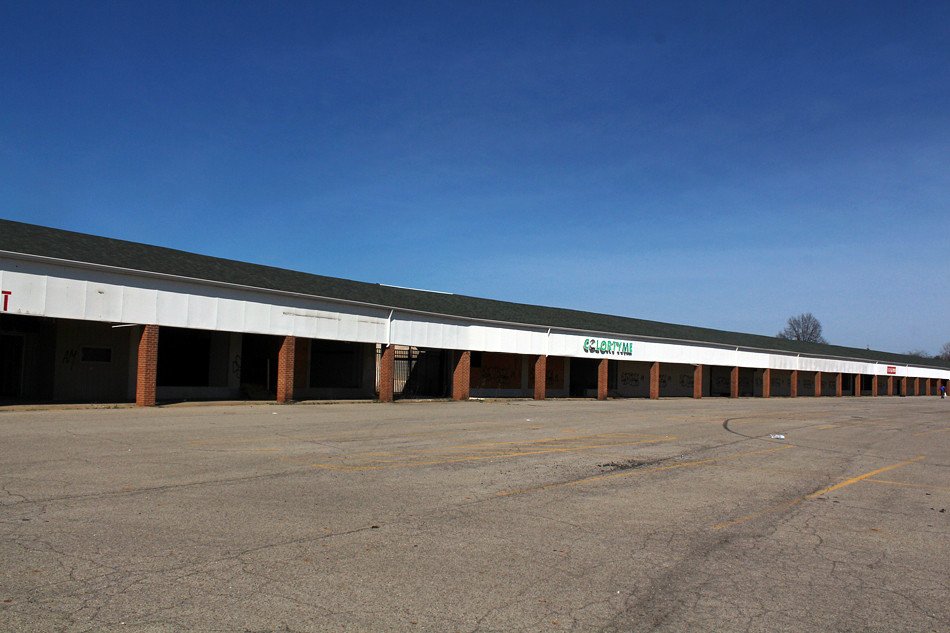
Drive through any decent-sized city or town, and you’re bound to come across those large shopping centers built about 30 – 50 years ago that once were anchored by a large supermarket, a K-mart, or any of a hundred other large anchor tenants now long gone. These centers may be empty or seemingly hanging on with 20-40% occupancy. And we see plenty of investors looking to obtain loans to purchase these properties and turn them around.
Unfortunately, most of these investors don’t have realistic plans to increase occupancy to satisfactory levels. Their plans tend to be something like: hire a good property management co to lease the center. If it were that easy, the current ownership, which is typically twice as competent as the investor, would have done it already.
The problem with these centers is obsolescence and change. Change in demographics, change in tenant type, and change in tenant and consumer requirements in terms of physical space. Simply put, everything is too large. There are too many spaces, and there are too many, and the parking is 70% wasted space. All this is magnified by the new centers built with low-interest rate money, adding significant competition at a time when online buying is replacing traditional retail.
I’ve seen these centers redesigned for anything from self-storage to a bank headquarters. Many are totally knocked down, and apartment housing is built on site. But this requires large additional investment and typically occurs only after the owners support negative cash flow for many years, the current note holders have written off past due interest and written down the principal significantly, and the property sold for a fraction of its former worth.
The smaller size commercial investor opportunity is NOT with these mega shopping centers, but in the smaller local neighborhood centers with three to five storefronts. These can be repositioned for the type of service industry tenants that can’t be replaced by online competition and need reasonably priced space in decent locations. They don’t require an anchor tenant to bring in foot traffic. We purchased a single tenant facility of about 10,000 square feet a few years back. We divided the property into five units and signed 5-year leases with a church, a daycare center, an educational facility, a car service, and a smoothie shop. Cash flow provides us with a 13-14% return on cash invested, and our most recent MAI appraisal values the property at 75% over the price we paid.
